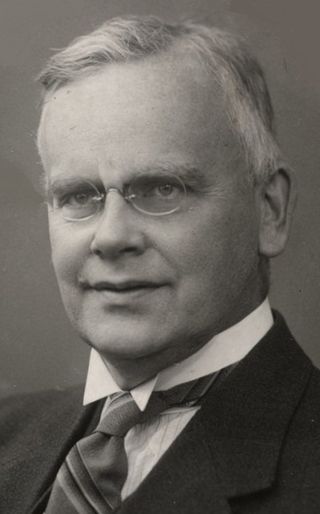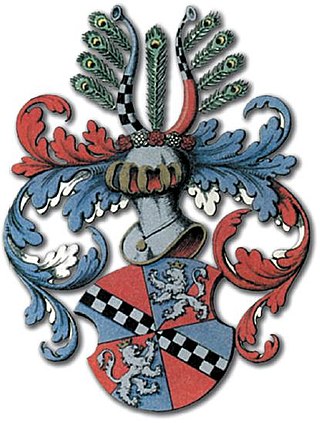
Oslo Cathedral — formerly Our Savior's Church — is the main church for the Church of Norway Diocese of Oslo, as well as the parish church for downtown Oslo. The present building dates from 1694 to 1697.

Petter Pettersen Dass was a Lutheran priest and the foremost Norwegian poet of his generation, writing both baroque hymns and topographical poetry.

Sandnessjøen is a former municipality in Nordland county, Norway. The 45-square-kilometre (17 sq mi) municipality existed from 1899 until its dissolution in 1965. The municipality encompassed the northern part of the island of Alsta in what is now Alstahaug Municipality. Originally, it (briefly) also included all of what is now Leirfjord Municipality as well. The administrative centre of the municipality was the town of Sandnessjøen.
Events in the year 1935 in Norway.
Events in the year 1833 in Norway.
Events in the year 1766 in Norway.
Events in the year 1742 in Norway.

Harald Gram was a Norwegian jurist, politician and genealogist. He was secretary general for the Conservative Party of Norway for 22 years, deputy mayor of Aker, member of Parliament from 1928 to 1936, and stipendiary magistrate in Oslo from 1936 to 1957. He was also noted for his work during World War II.

Gregers Winther Wulfsberg Gram was a Norwegian jurist and politician, and international arbitrator. He was a Supreme Court Assessor, Norwegian prime minister in Stockholm from 1889 to 1891 and from 1893 to 1898 and County Governor from 1898 to 1915.

The Knagenhjelm family is a Danish and Norwegian noble family originating in Norway.

The Rosenkrantz family is the name of a family which belongs to Danish, Norwegian, Swedish and German nobility. The family is known since the 14th century and belongs to the old and high nobility. It has played a prominent role in Denmark and Norway, its members having been estate owners as well as high officials.

Angell is a family in Norway. In the 1650s the family came as merchants to Trondheim, where they took their current name. From there parts of the family entered the proprietarian aristocracy in Central und Northern Norway. The part of the family which remained in Trondheim gained a prominent position still visible in the city today, especially through the Thomas Angell Foundations, one of the biggest landowners in Trøndelag and among other activities running the charity Thomas Angell House.
Tromsø Estate (Tromsøgodset) was an estate located in Troms, Norway. It was once part of the more sizable Irgens Estate.

The Tanche family or Tank is the name of one or more Dano-Norwegian noble families of German origin. One of those lines is from Haderslev.
Events in the year 1779 in Norway.
Events in the year 1591 in Norway.
Events in the year 1662 in Norway.
Lorentz Mortensen Angell was a merchant and landowner in Norway.
Mogens Larsen Monsen was a Norwegian timber trader and major land owner. Among other properties, he was the owner of the Linderud Manor.

Tjøtta is a former municipality in Nordland county, Norway. The 326-square-kilometre (126 sq mi) municipality existed from 1862 until its dissolution in 1965. The municipality was centered around the island of Tjøtta plus the mainland to the east and south as well as over 3000 islands, islets, and skerries to the west. The administrative centre of Tjøtta was the village of Tjøtta, located on the island of Tjøtta, where the Tjøtta Church is located.














